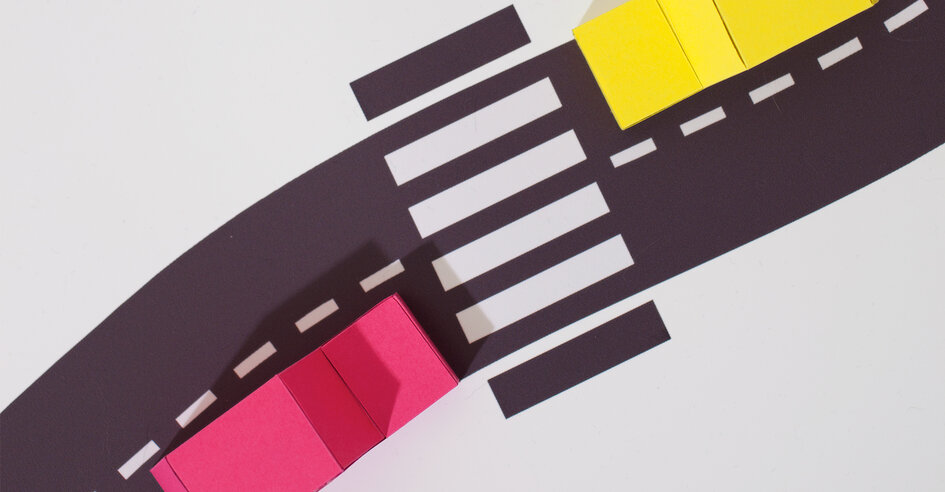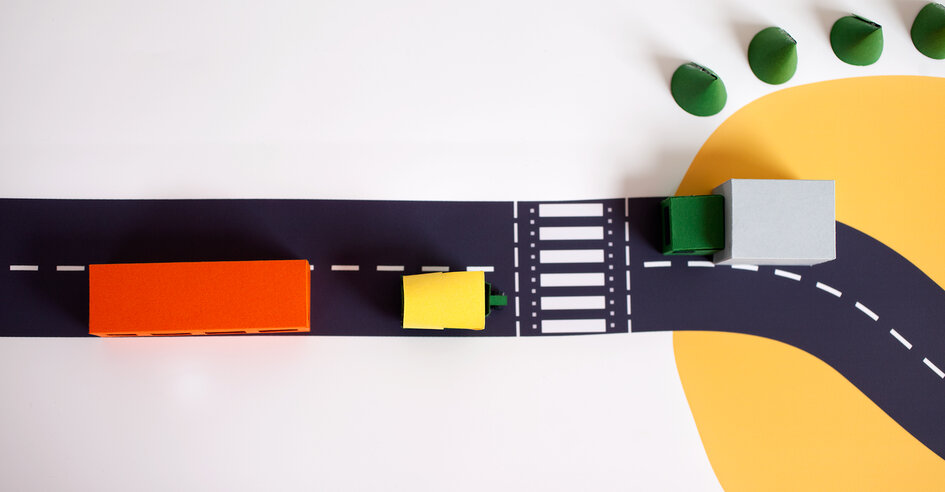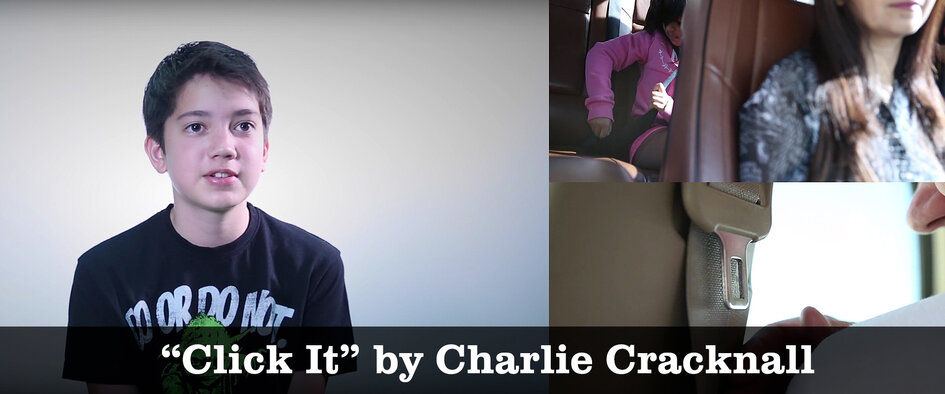RoadSafetyUAE endorses Charlie’s amazing video clip, which gains support from it’s CSR (Corporate Social Responsibility) partner VOX Cinemas through screening the 30” video clip in their 16 locations across the UAE, Oman and Lebanon.
Charlie Cracknell states: “I am very passionate about film making and I feel that road safety is an incredibly important topic in our society today. It is crucial, that people are more aware of the dangers that can occur on the road, which is why I dedicated my latest production to encourage everyone to use seatbelts. By interviewing children, some of whom were quite young, I wanted to be able to appeal directly to other children but at the same time to target adults who would feel the impact of receiving such an important and positive message from a child.”
A study of car crashes in Al Ain has found that 98% of passengers were not wearing a seat belt – and not a single child restraint was used in any of the vehicles. According to the WHO, the correct use of child seats can reduce fatalities by 70% in infants, and by 54-80% among young children. Hence, this video clip raises awareness for a truly critical issue of road safety in the UAE.
“Road safety is an important issue in the UAE and beyond, we are committed to raising awareness of the cause of such fatalities and the importance of wearing seatbelts. VOX Cinemas is proud to screen Charlie’s clip in our theatres and we hope that the message resonates with our audiences.”, explains Cameron Mitchell, CEO Majid Al Futtaim Cinemas- VOX Cinemas.
Thomas Edelmann, Founder & Managing Director of RoadSafetyUAE says: “Charlie is such a gifted writer, director and producer and his internationally award winning work inspired us to endorse his great new production from an early stage. It is ideal, when empowered students create work for other students, since there is so much relevance when content is conceived ‘by us – for us’. We are extremely grateful for the fantastic support from VOX Cinemas.
Manpreet Darroch, Communications Officer at YOURS said, “Charlie is a shining example of a passionate road safety advocate using his unbounded creativity to make road safety accessible to his peers. I congratulate him on his incredible work and encourage him to keep up his amazing work. We have future Oscar winner for road safety in our midst”.
Watch Charlie’s film here:






















